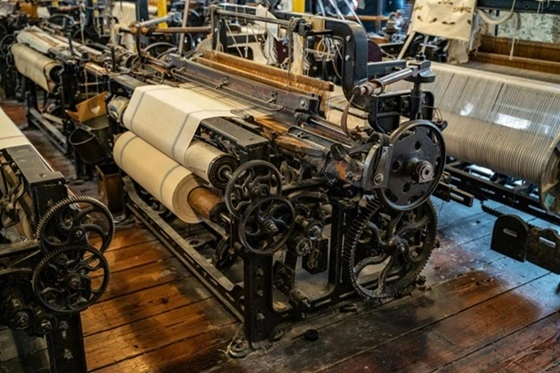Electrical Safety Protocols in Textile Manufacturing
As the world population continues to grow, the need for industrialization is becoming increasingly vital in each country for progress purposes. Big industries like textile manufacturing have become heavily reliant on electrical appliances to power their operations. The need for big machinery for working with chemical processes, water pumping, heating, and cooling to maintain optimal temperatures in workspaces and factories is seeing a surge in demand. In this article, we are discussing on Electrical Safety Protocols in Textile Manufacturing.
Such growing requirements for electrical equipment also pose a threat of electrical hazards. Almost 1000 deaths occur every year as a result of electrical injuries. In addition to that, 30,000 non-fatal shock incidents occur per year, and around 5% of all admissions into the burn unit are a consequence of electrical injuries. Understanding electrical safety challenges and implementing safety measures becomes paramount in major role-playing industries such as textile manufacturing.

Understanding the Risks of Electrical Safety Protocols in Textile Manufacturing
Potential electricity hazards in textile manufacturing can include:
- Overloaded circuits: Heavy machinery such as ring spinning frames or dyeing machines draws significant power. Overloading of circuits of such equipment can lead to fires and appliance failures.
- Wet environments: There is a threat of electrocution due to water usage as some key processes involve water, such as scouring, de-sizing, bleaching, and dyeing.
- Damaged wiring and equipment: Lack of electrical maintenance, such as deteriorated insulation, exposed wires, inadequate grounding, and faulty machinery, can cause electrical shocks and contribute to short circuits.
Implementing Essential Safety Protocols
Adopting certain safety measures is necessary to reduce the probability of electrical hazards and unfortunate incidents.
1. Regular Inspections and Maintenance
Routine checkups and regular inspections of machinery, electrical systems, wiring, and circuits are crucial. Doing so helps identify potential hazards beforehand. Consider implementing a maintenance schedule to address existing issues before they escalate and cause unmanageable damage. Ensuring all equipment is properly grounded and circuit breakers are functioning perfectly can help prevent electric shocks.
2. Workplace Safety Practices
Establish and implement emergency shutdown procedures for all machinery. During maintenance, avoid accidental startups by implementing a rigorous lockout or tagout procedure. Providing and encouraging the use of appropriate Personal Protective Equipment (PPE) like insulated gloves, safety glasses, and arc-flash suits can go a long way in preventing electrically associated risks. Other safety practices can include avoiding water near electrical appliances, keeping a ready-to-use emergency response plan, evacuation routes, and a first aid kit on hand.
3. Electrical Infrastructure
Install appropriate circuit breakers and fuses to protect against overloads and short-circuiting. High-quality wiring and cabling that meet industry standards are ideal for use in the entire workplace. Devices such as surge protection devices keep equipment safe from voltage spikes. In the case of a power outage, arrange emergency lighting for safe evacuation beforehand.
4. Employee Training and Awareness
Provide regular safety training to all employees and include topics like hazard recognition, safe work practices, emergency procedures, and a list of things to avoid while working at the core of the training.
Conduct ongoing awareness campaigns to encourage employees to reinforce safety messages and promptly report hazards. Another essential thing to do is to ensure that only qualified and well-instructed personnel are authorized to work on electrical systems.
Endnote
Prioritizing such safety protocols in the textile manufacturing industry can save you and your coworkers from a great amount of damage and unprecedented misfortune. Continuous inspection, employee involvement, and adherence to the above-mentioned practices are essential for maintaining a safe and productive working environment. Not only does doing this reduce the risk of accidents, but it also protects the valuable assets of textile manufacturers.
